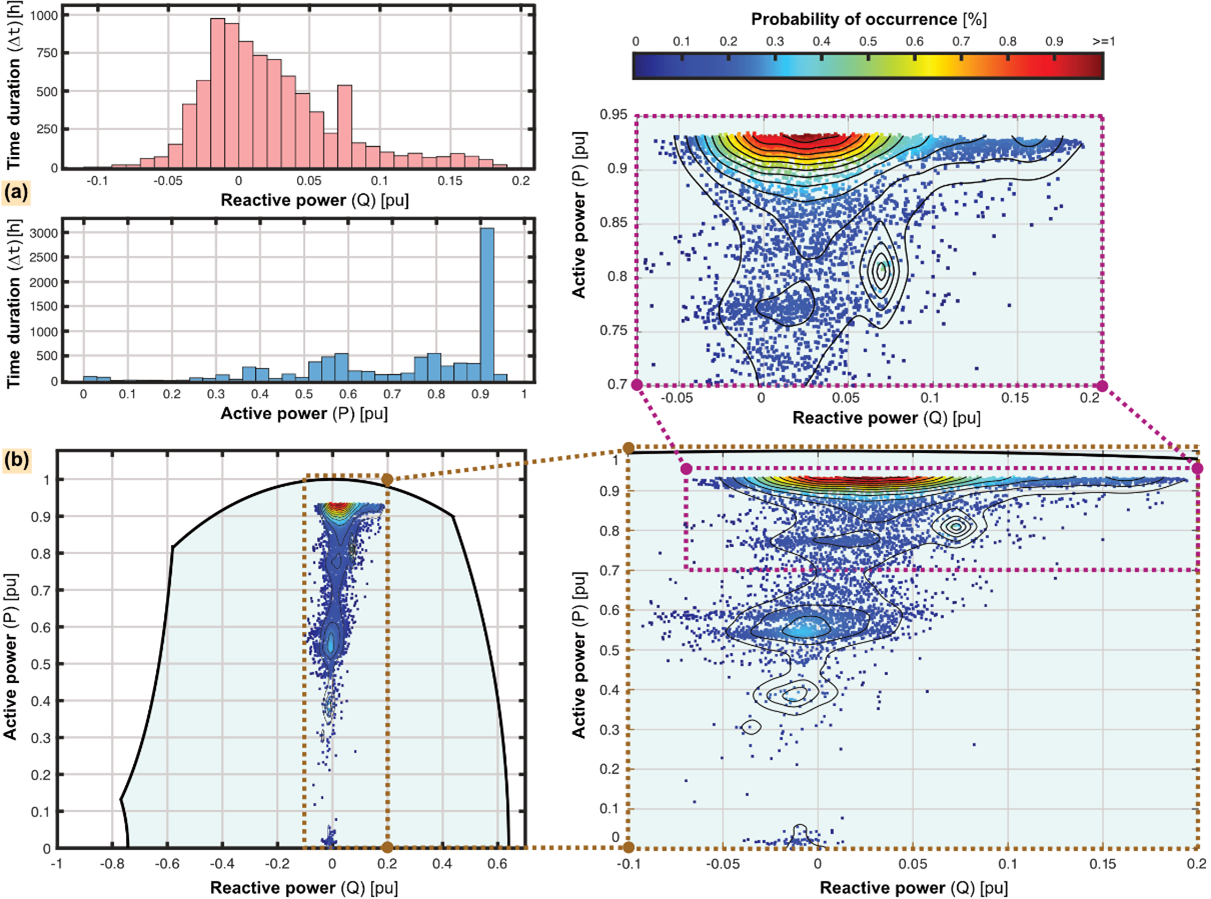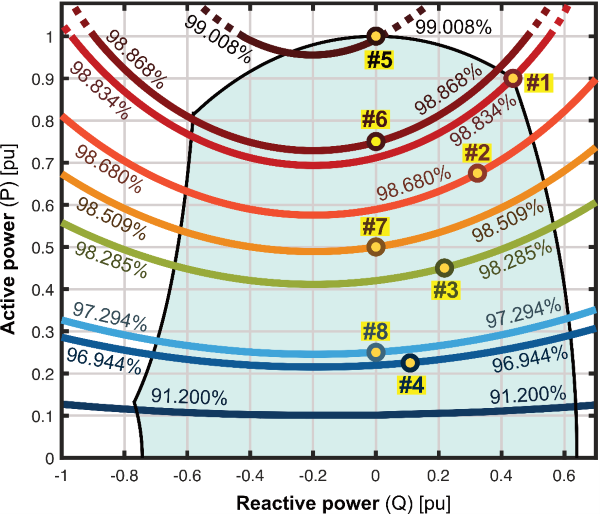First article is published! – Efficiency evaluation of hydrogenerators

We are proud to finally publish our first article in SysOpt with the title “The Energy Transition’s Impact on the Accumulated Average Efficiency of Large Hydro generators”. This article is published in the IEEE Transactions on Energy Conversion, and we want to share a summary of the findings here.
Follow the SysOpt project on ResearchGate! See the LinkedIn announcement from the authors here.
There have been made several incentives by governmental agencies and grid owners to increase the prevalence of renewable energy sources and shut down and disconnect conventional power sources (e.g., nuclear and coal plants). This has led to decreasing frequency responses, and an increase in uncontrollable reactive power flows in the grid. Moreover, the removal of large reliable power sources leads to a reduction of rational mass in the system. This is because the inertia and the reactive power provided by the conventional sources help stabilize the frequency and the voltage and assure the grid’s reliability. The regulation of reactive power is very component-intensive without utilizing conventional power plants. Moreover, new renewable energy sources like wind and solar have limited provision of reactive support because their front-end converters are mainly dimensioned for active power. This means that one must often implement expensive power electronic devices in combination with renewable energy sources.
The increased incentives and increase in renewables in existing and future electricity production lead to the necessity of an extensive re-designing of the grid topology and the development of very reliable and flexible electrical machines. It is therefore important to continuously develop the current grid. This must be done to ensure enough rotating mass, such as applying and building new fast-cycling power plants. The variability of new renewables has a significant impact on hydropower turbines. The ramping capabilities of hydraulic units are highly appreciated since it is one of the best solutions to compensate for the unreliability of renewable sources.
One of the main challenges in the energy transition is that the load cycle of hydropower plants is projected to change fundamentally from their historical operating regime at their rated condition. The conventional operational regime can be seen in Figure 1. Due to the increasing prevalence and integration of new renewable sources, the loading conditions change significantly when short-time duty cycles and intermittent periodic duty cycles occur. Today’s generators are not designed for this kind of operational regime, creating the need for a calculation model that can accurately quantify the efficiency and losses for each load point and accurately accumulate the overall efficiency during its running cycle. Our paper, “The Energy Transition’s Impact on the Accumulated Average Efficiency of Large Hydro generators” presents the AAE calculation model. It debunks the commonly held belief that the efficiency can be sufficiently calculated via sampling average approximation (i.e., weighted average efficiency, WAE, which is the current industry standard). Our paper offers a viable alternative to the calculation model WAE, as we show that the AAE outperforms the WAE model for all the operational regimes presented in the manuscript.

Another additional contribution underneath the main contribution of the paper (i.e., AAE) is that it offers a way to map out the losses and efficiencies by presenting a more effective way to model the field current. This method is an original contribution for accurate efficiency modeling of synchronous generators, and thus, relevant to practicing generator operators/engineers. The accurate saturation modeling (i.e., field current modeling) is essential to the accurate mapping of the synchronous generators’ efficiency and losses for different load points. The mapping of the efficiency can be seen in Figure 2. The algorithm developed in this manuscript makes it possible to calculate the cost of production by multiplying the losses with the market price. This could be highly beneficial for generator operators that run the hydropower plants as it would give a better overview of potential profits. This is the first paper to be published in the project “System Optimization between the power producer and grid owners” (SysOpt) and is one of many to come from the project. The paper embodies the purpose of SysOpt, which is to maintain and improve the synergy between the power owners and grid operators in the global energy transition.

Front image credit: Skagerak Kraft https://www.skagerakkraft.no/abjora/category1378.html